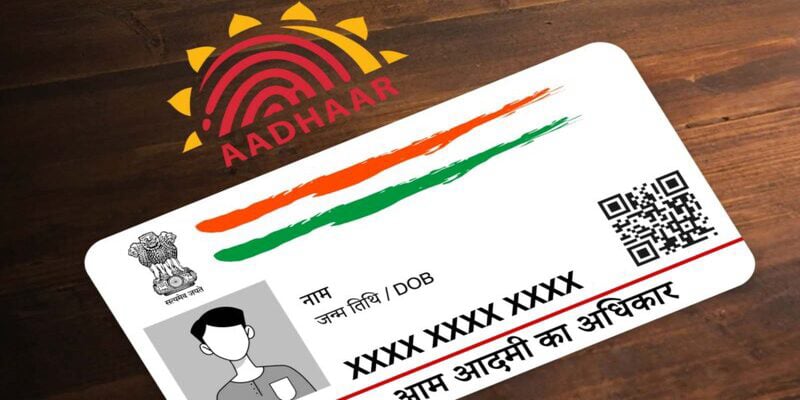
Aadhaar Card Download: Tips for a Smooth Process
In today’s fast-paced digital world, having quick access to essential documents is crucial. The Aadhaar card, issued by the Unique Identification Authority of India (UIDAI), serves as one of the most important identity proofs for Indian residents. Whether you have lost your physical Aadhaar card or simply want to have a digital copy for convenience, downloading the Aadhaar card online is a hassle-free process if approached correctly. This article offers useful tips and insights to ensure a smooth and efficient Aadhaar card download experience.